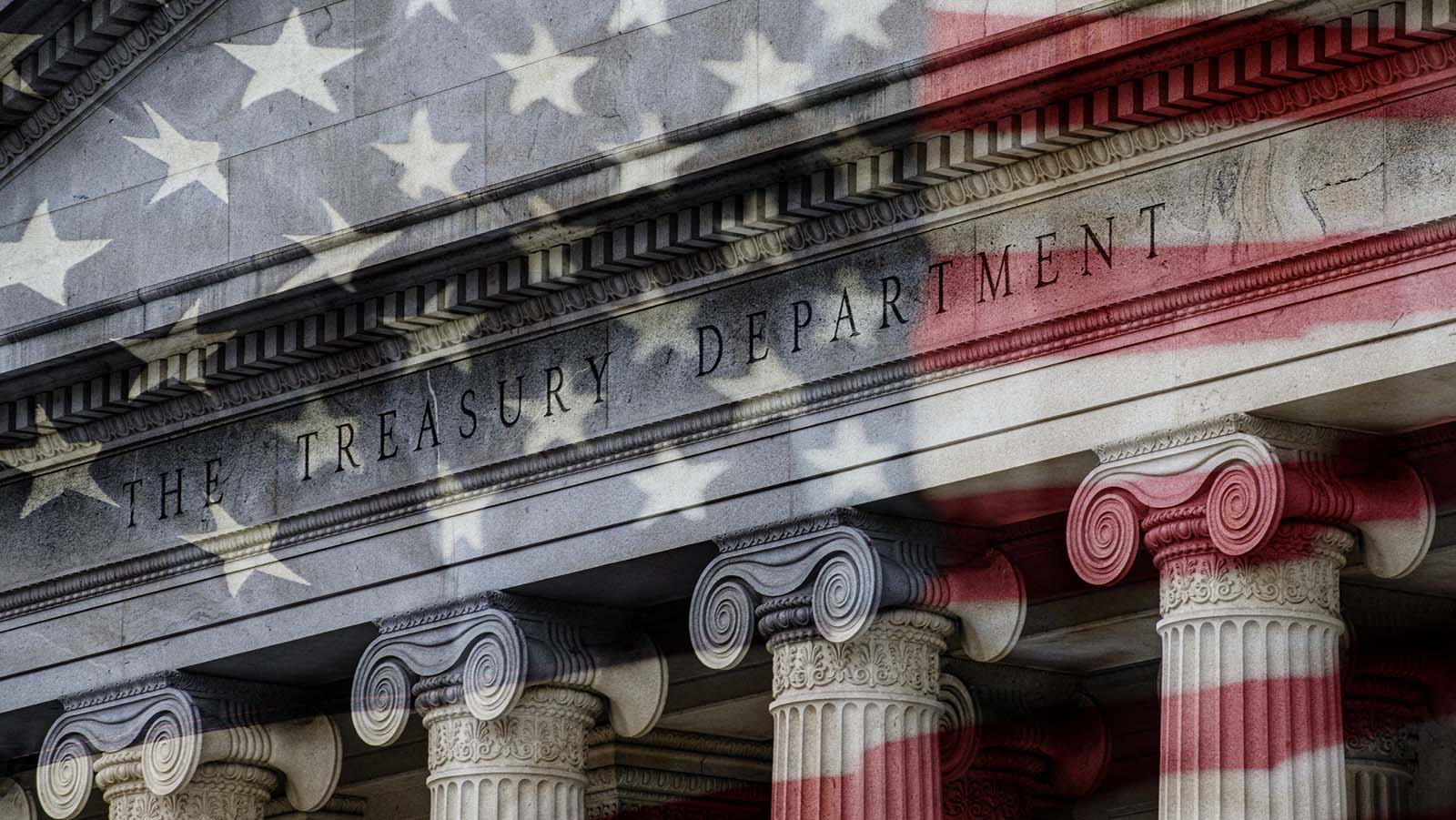Guide on Money Laundering Through Art
Delve into the hidden realm of laundering money through art in this guide, which covers a range of illegal tactics, including overpricing artworks and using intermediaries, and provides essential advice for whistleblowers on identifying and reporting these activities.
Updated
May 14, 2025

Money laundering in the high-value art market is a significant concern in the realm of illicit finance. This complex issue involves the use of art transactions to disguise illegal funds. The art, antiquities, and cultural objects market has become a target for criminals, organized crime syndicates, and terrorists, who use it as a channel to clean their illicit earnings and finance their operations.
The Financial Crimes Enforcement Network (FinCEN), a bureau of the US Treasury, plays a crucial role in monitoring and combating these activities. With the passing of the Anti-Money Laundering Whistleblower Improvement Act in the omnibus budget on December 29, 2022, FinCEN has bolstered its capabilities, offering rewards to whistleblowers who provide valuable information related to such illicit activities.
If you’re someone who knows of money laundering through art, continue reading to learn how you can anonymously come forward to report this activity, and potentially recieve a reward for your information.
How Money Laundering Through Art Works
Money laundering through art involves several techniques that exploit the unique aspects of the art market. These methods include:
- Over and Under-Invoicing – this involves manipulating the price of an artwork to move money. Over-invoicing can be used to transfer additional funds under the guise of a legitimate transaction, while under-invoicing may be used to evade taxes or duties.
- Use of Intermediaries – buyers and sellers often use intermediaries (such as art advisors or agents) to maintain anonymity. This can be exploited for money laundering, where the true identity of the parties involved is concealed.
- Third-Party Payments – payments made by third parties who are not directly involved in the art transaction can obscure the source and destination of the funds, facilitating money laundering.
- Art as Collateral for Loans – artworks can be used as collateral to secure loans, which can then be defaulted intentionally. This allows the launderer to clean their money through the financial system under the guise of a failed loan repayment.
- Auction House Transactions – auction houses, due to their global reach and high-value transactions, can be used for money laundering. The lack of transparency in bidder identities and the high volume of transactions can provide cover for illicit activities.
- Free Ports and Storage Units – the use of free ports and storage units for storing art also facilitates money laundering. These spaces can hold artworks indefinitely, often without customs checks or disclosure requirements, making it easy to move illicit funds through the purchase and storage of high-value art pieces.
- Complex Ownership Structures – the creation of complex ownership structures using shell companies can be used to disguise the true owners of the artworks and the source of the funds.
- Art Flipping – rapid buying and selling of artworks, known as ‘flipping’, can be used to inflate the value artificially. This provides an opportunity to introduce illicit funds into the market under the guise of legitimate investment gains.
Each of these methods leverages the unique characteristics of the art market, such as its privacy, subjective valuation of artworks, and the global nature of transactions, to facilitate the laundering of money. Keep in mind that crimes relating to antiquities and art may also include looting or theft, the illicit excavation of archaeological items, smuggling, and the sale of stolen or counterfeit objects.
Whistleblower Rewards and Protections
FinCEN has issued multiple notices to financial institutions, highlighting the importance of filing Suspicious Activity Reports (SARs) regarding illicit activities related to art and antiquities. Whistleblowers, under the new regulations, can receive rewards for their information, which can be a percentage of the money recovered.
Under Section 6314 of the Anti-Money Laundering Act (AMLA), the Treasury is mandated to reward whistleblowers for reporting money laundering activities. This provision allows for a payout of up to 30% of the monetary sanctions collected in a judicial or administrative case under the Bank Secrecy Act. The condition for this reward is that the case results in sanctions of over $1,000,000.
Moreover, there are provisions for protecting the identities of whistleblowers, ensuring their safety and confidentiality. The details of these rewards and protections can be found in the FinCEN notice on Antiquities and Art, which provides comprehensive guidance on this process.
When coming forward as a whistleblower, it’s crucial to have robust and credible evidence. This includes documentation of suspicious transactions, communication records indicating illicit activities, and any other material that can substantiate claims of money laundering. The strength of the evidence significantly impacts the success of the whistleblower’s report.
SAR Filing Instructions
Effective compliance with Bank Secrecy Act (BSA) requirements, including Suspicious Activity Report (SAR) filings by financial institutions, is key to detecting and halting money laundering linked to art and antiquities trading. Key points for financial institutions in SAR reporting include:
- Reference in SARs – institutions should cite “FIN-2021-NTC2” in the SAR’s Filing Institution Note to FinCEN (field 2) and its narrative to show a link to the suspicious activity and the content of this notice.
- Suspicious Activity Type – choose SAR field 36(z) (Money Laundering – other) and specify if the activity is related to “Antiquities,” “Art,” or both, as some objects may fall into both categories.
- Detailed Narrative – provide a comprehensive account in the SAR narrative, explaining the connection to “Antiquities” or “Art.” This should include details that could help identify:
- Objects involved in the financial transactions
- Other transactions or proposed transactions with antiquities or art
- Any other pertinent information
- Specific Details – include all available information such as names, identifiers, and contact details (including IP addresses, email, and phone numbers) of:
- Actual buyers or sellers, their intermediaries or agents
- The volume and amount of transactions involving entities potentially acting as antiquities or art dealers
- Beneficial owners of entities like shell companies
- Stolen Art or Antiquities – for reports involving stolen items, provide a detailed description, indicate if photos are available, and mention the operational locations of the reported individuals or entities.
This approach enhances the detection and prevention of financial crimes in the art and antiquities sector.
Seeking Legal Assistance
If you possess information regarding money laundering through art, it’s essential to come forward. Not only can this lead to financial rewards, but it also contributes to combating illicit financing, which can be linked to activities like terrorism.
Seeking legal assistance can provide guidance on navigating the reporting process, ensuring that your rights and safety are preserved. Reporting such activities is vital for maintaining the integrity of the art market and preventing its misuse for illegal purposes.





